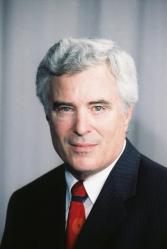Introduction
The post-World War II era has witnessed the nearly exclusive building of low density suburbia, here termed “drivable sub-urban” development, as the American metropolitan built environment. However, over the past 15 years, there has been a gradual shift in how Americans have created their built environment (defined as the real estate, which is generally privately owned, and the infrastructure that supports real estate, majority publicly owned), as demonstrated by the success of the many downtown revitalizations, new urbanism, and transit-oriented development. This has been the result of the re-introduction and expansion of higher density “walkable urban” places. This new trend is the focus of the recently published book, The Option of Urbanism: Investing in a New American Dream (Island Press, November 2007).
This field survey attempts to identify the number and location of “regional-serving” walkable urban places in the 30 largest metropolitan areas in the U.S., where 138 million, or 46 percent, of the U.S. population lives. This field survey determines where these walkable urban places are most prevalent on a per capita basis, where they are generally located within the metro area, and the extent to which rail transit service is associated with walkable urban development.
The first section defines the key concepts used in the survey, providing relevant background information for those who have not read The Option of Urbanism. The second section outlines the methodology. The third section, which is the heart of the report, outlines the findings and conclusions of the survey.


